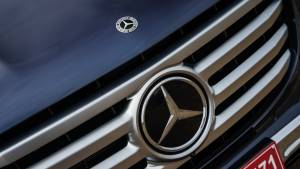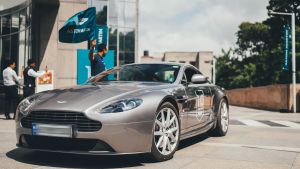Ferrari reveals open-top LaFerrari ahead of 2016 Paris Motor Show
Ferrari has released images of the LaFerrari Spyder (the official name will be announced at the Paris Motor Show on October 1st, 2016) on its website and it simply looks striking. Ferrari says that the car will have a limited production run, and if you're thinking of buying one it's too late. Ferrari held a special preview for its clients and all units have been sold out, though the company is tight lipped on the number of open-top LaFerraris. Its hardtop was limited to 499 units only, and those too have been sold out.
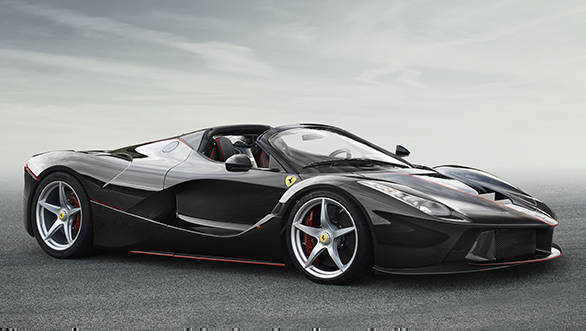
The open-top LaFerrari will have a removeable roof - a soft top or a removable carbon-fibre hard top. It was not possible to incorporate a motor and create a recess to stow the hardtop like conventional convertibles like the 458 Spider.
The carbon-fibre tub that forms a part of the chassis in the LaFerrari coupe has undergone essential changes in the convertible. "Significant and extensive modifications have been made to the chassis with the aim of retaining the same torsional rigidity and beam stiffness as the coupé version. The car's aerodynamics have also been further honed to guarantee the same drag coefficient when driving in the open configuration," says Ferrari.
The tub is designed in Maranello, alongside the Formula 1 cars, and Ferrari has employed the proficiency of Rory Byrne, who's designed 11 of the F1 World Championship winning Ferraris. The carbon fibre that's used to construct the doors and sills is rated as T1000, which is usually used for aerospace applications.
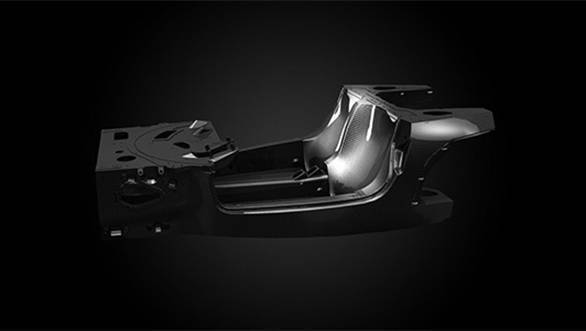
T1000 is known to offer high stiffness while improving dimensional stability. It also offers maximum protection in a crash. The underbody of the carbon-fibre tub is mixed with kevlar to protect it from road debris. The carbon fibre is cured in the same autoclave that's used for the F1 chassis in two phases between 130-150C.
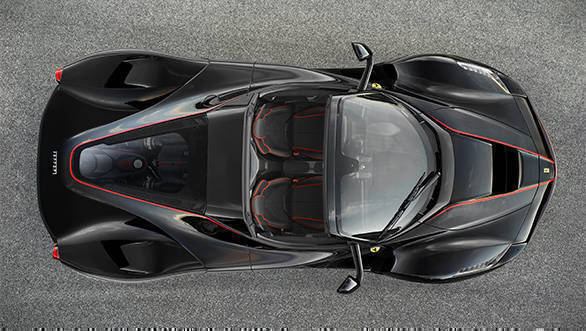
As far as performance is concerned, Ferrari claims that the open-top LaFerrari will offer similar acceleration times and top speed like its hardtop sibling. The car gets the same 6262cc, 800PS, 65-degree V12 engine that's coupled to a 120Kw electric motor (the powertrain is named Hy-Kers). In conjunction, the total power output is a staggering 960PS.
The torque figure of the Hy-Kers unit is incredible too - in excess of 900Nm. The electric motor provides instantaneous and high amounts of torque at low revs which allowed the engineers to optimise the internal combustion engine at high revs. Thus, there's a wide spread of torque across the rev range. The power unit is mated to a 7-speed dual-clutch transmission and is known to offer seamless upshifts and downshifts.
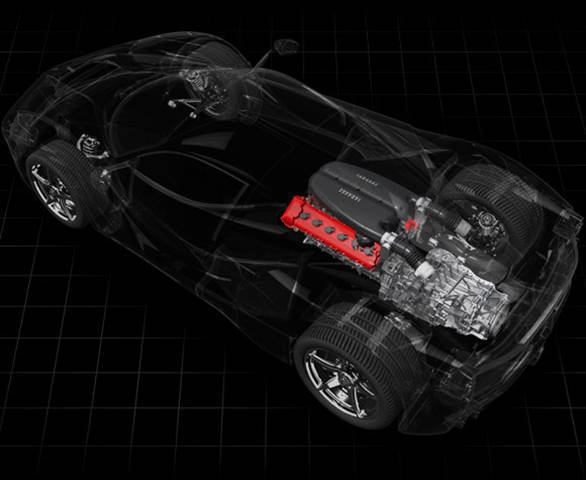
The 0-100kmph run is dispatched in under three seconds while the 0-300kmph run is recorded in an astonishing 15 seconds (claimed). To put things into perspective, that's the time it takes a conventional family car to get to 100kmph from naught!
Ferrari says that the convertible has the same a top speed of 350kmph as the coupe's. Now, without the roof, the sensations one feels are only multiplied. Imagine what it'd be like to accelerate that quickly and sit at the top speed in the open-top LaFerrari.
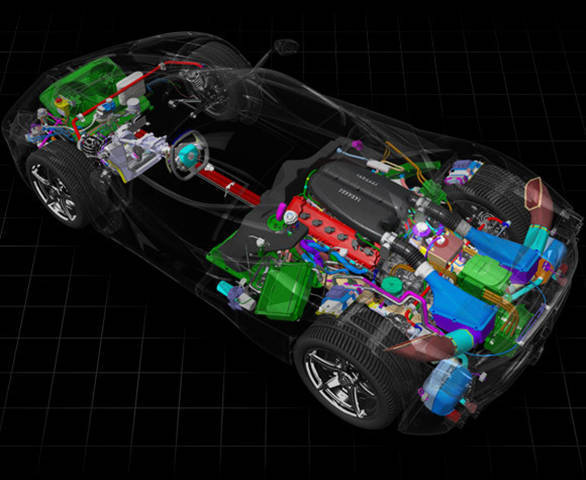
When the LaFerrari was introduced in 2013, the whole automotive industry stood up and took notice. Ferrari had employed the best brain cells in its factory to build the most definitive Ferrari ever (LaFerrari literally translates to 'the Ferrari'), and its technology is quite remarkable. The V12 motor is the most powerful engine to ever power a road-going Ferrari. The electric motor is also another technological marvel.
One of the biggest penalties of incorporating an electric motor is weight, which adversely affects performance in a hypercar. To tackle the problem, Ferrari developed a unique solution - the electric motor is designed using High Specific Power Density technology. Total 120 cells are arranged into eight 15-cell modules. These have a power output of 40 conventional batteries while weighing 60kg. The batteries are assembled by F1 racing department.
The batteries are charged in two different ways. One is while braking, even during ABS intervention, and the second is when the V12 motor produces excess torque, say in a corner. The torque is converted to energy and then stored in the battery.
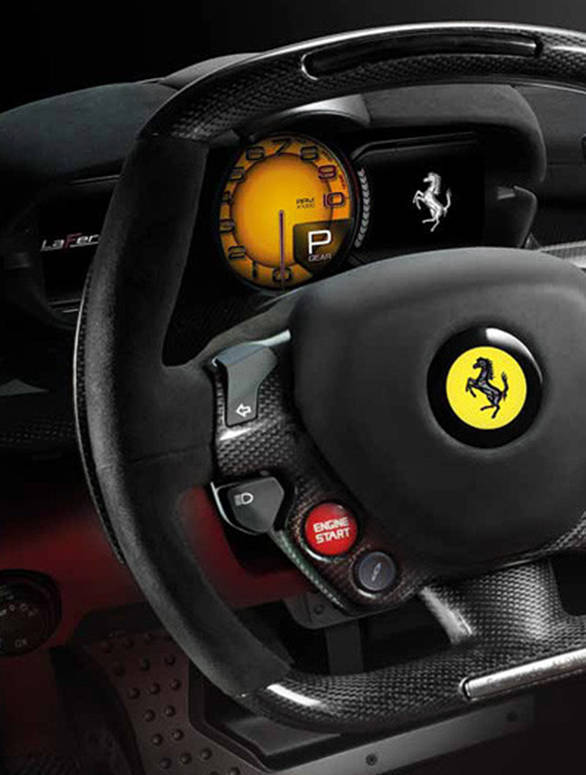
Just like the coupe, the LaFerrari will have the same suite of electronic gadgetry. There's an Electronic Stability Control (ESC), high-performance ABS/EBD and third-generation electronic differential (E-Diff 3). The Italian marque's Formula 1 expertise and knowledge have also trickled into the LaFerrari convertible. The car gets an F1-electronic traction control (EF1-Trac) that's integrated with the hybrid system.
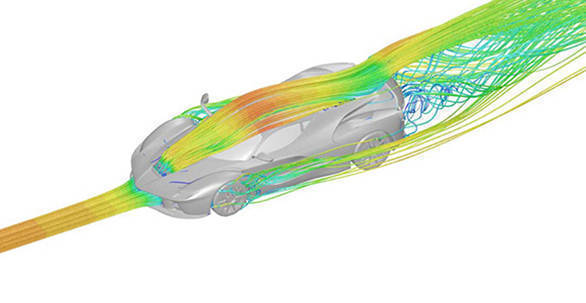
Another by-product of Ferrari's F1 know-how is the active aerodynamics. Flaps on the front and rear diffusers in the underbody and a huge wing at rear adjust continually to fine-tune the downforce and balance of the car. The rear wing, for instance, tucks in when the car is in accelerating line, reducing drag, and rises up under hard braking, acting like an air-brake. The flaps on the front diffuser rise to balance the downforce at the rear. The flaps at the rear meanwhile rise to increase air expansion and thus the capacity of extraction.
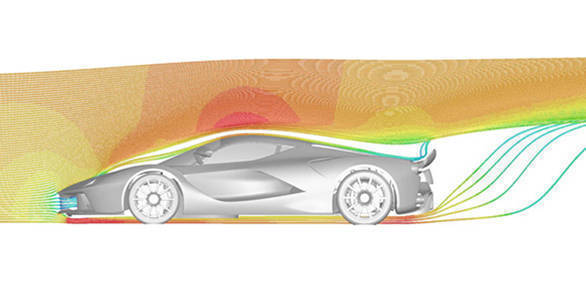
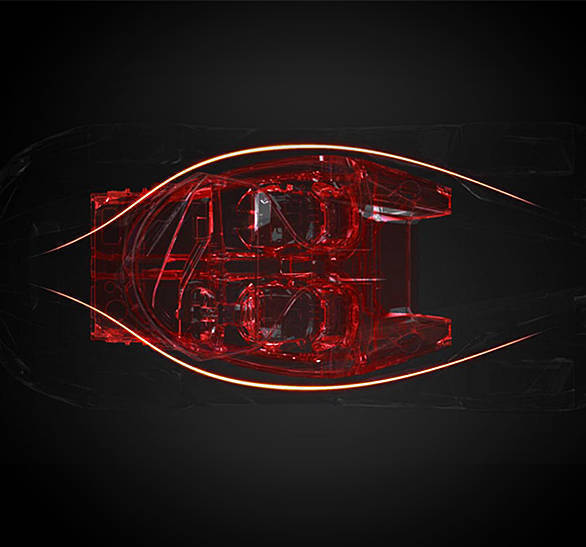
Using the F1 wind tunnel and Computational Fluid Dynamics (CFD), the engineers have managed to sculpt the LaFerrari to have a low drag coefficient that's nearly 3. Without employing huge, fixed wings and aerodynamic parts that jut out from the body, the LaFerrari's design is a lovely synergy of form and function.
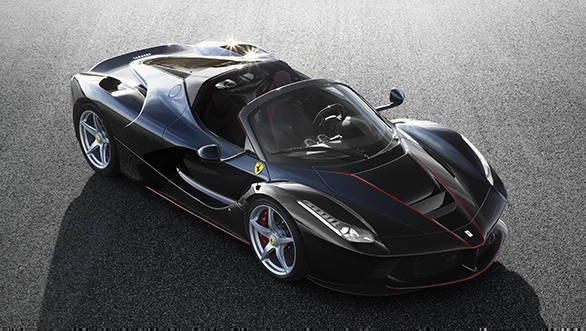
More details of the LaFerrari will be revealed at the 2016 Paris Motor Show. Stay tuned.








